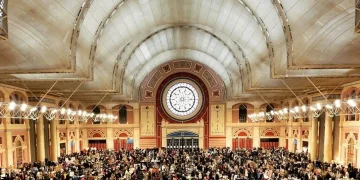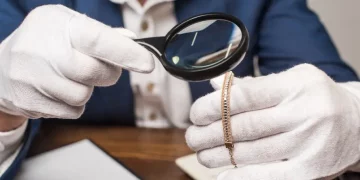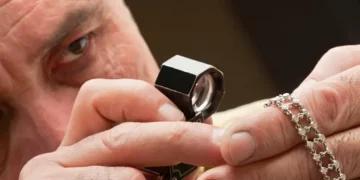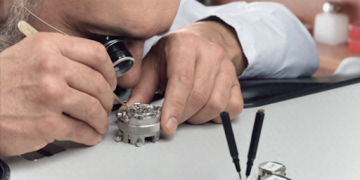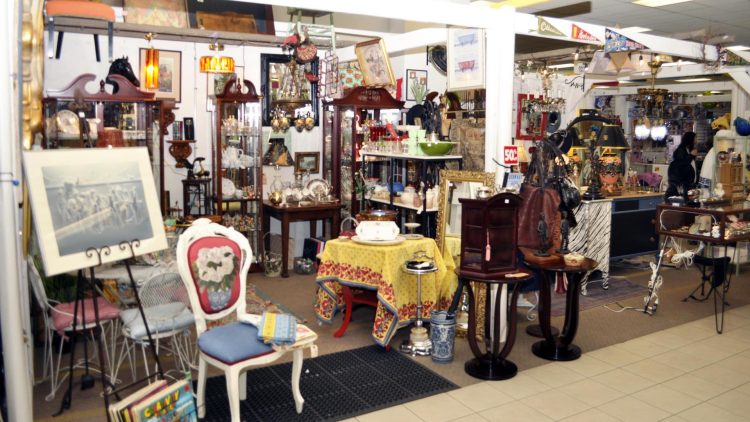Flea markets and estate sales are more than just places for bargain hunters. They are treasure troves waiting to be discovered, offering rare and valuable items that can easily be overlooked. From vintage toys to antique furniture, from rare coins to forgotten artworks, these sales are gold mines for collectors. What many people fail to realize is that beneath the layers of used items and second-hand goods lies a world of collectible treasures, waiting for the right person to find them. This article will take you on a journey through the fascinating world of flea markets and estate sales, showing how trends in the market have transformed these locations into valuable hubs for collectors, offering tips on identifying hidden gems, and sharing stories of collectors who found unimaginable treasures in unexpected places.
Exploring Hidden Treasures Found in Flea Markets and Estate Sales
Flea markets and estate sales have long been considered places where you can score great deals on everything from clothes to household goods. However, for those with a keen eye and a deep appreciation for history, they represent something far more significant. They are sites of discovery, filled with objects that have their own stories to tell. Some items might seem ordinary at first glance, but many are valuable collectibles waiting to be uncovered.
At estate sales, where people are liquidating the belongings of a family member or loved one, a variety of items are typically sold. From jewelry and furniture to books and vintage items, the range is vast. Often, people don’t realize the value of their possessions, which creates opportunities for knowledgeable buyers. Similarly, flea markets offer an eclectic mix of products, often being sold by individuals who are simply trying to clear out their homes. These markets can be particularly rich in collectibles, as sellers may not always know the worth of the items they’re parting with.
Common items that can be found in flea markets and estate sales include:
- Vintage furniture: From mid-century modern chairs to Victorian cabinets, antique furniture can carry a significant amount of value. Many collectors search for specific design periods or styles, such as Art Deco, Rococo, or Bauhaus.
- Collectible toys and dolls: Items like old tin toys, Barbie dolls, and action figures from decades past can fetch substantial prices at auction or among dedicated collectors.
- Fine art: Forgotten paintings, prints, or sculptures can sometimes be purchased for a fraction of their true value, particularly if they are misattributed or overlooked by the average buyer.
- Books and manuscripts: Rare first editions, signed copies, and vintage books often appear at estate sales or flea markets, where they can be snapped up by collectors who understand their significance.
- Antique jewelry: Vintage rings, brooches, and necklaces from bygone eras can be much more valuable than their materials suggest, particularly if they are signed by renowned designers or made with rare gemstones.
How Trends in the Market Make These Locations Valuable for Collectors
The value of items found in flea markets and estate sales is often shaped by larger market trends, shifts in cultural interests, and fluctuations in the economy. In recent years, we’ve seen a surge in interest for items from past decades, driven by a nostalgic longing for the past. Trends like retro and vintage aesthetics, as well as the rise of minimalist design, have made items from the mid-20th century particularly sought after. Collectors are flocking to flea markets and estate sales, eager to find mid-century modern furniture, 1970s collectibles, and vintage toys that speak to a particular time in history.
The boom in online marketplaces, such as eBay, has also played a significant role in the value of collectibles. In the past, people had to rely on physical stores and auction houses to buy and sell rare items. However, with the advent of online platforms, people can now reach global audiences, making it easier to find buyers for their treasures. This has also created a growing market for previously overlooked items that are now considered valuable by collectors. As a result, what once may have been viewed as old junk is now viewed as a potential gold mine.
The fluctuation of the economy also plays a role in the types of items that gain value. For example, during economic downturns, people often turn to tangible assets, like antiques, jewelry, and artwork, as a store of value. This has caused certain categories of collectibles to increase in value over time. As people look for ways to diversify their investments, these seemingly mundane objects become valuable assets.

Tips for Identifying High-Value Items in Unexpected Places
For those who want to start collecting at flea markets and estate sales, there are a few important tips to keep in mind when searching for high-value items. The key to finding treasures in these markets is knowledge. A keen eye, a bit of research, and an understanding of the market trends can all help increase your chances of uncovering something truly valuable.
Here are some tips for identifying high-value items:
- Do Your Research: Before heading to a flea market or estate sale, familiarize yourself with the items that interest you. Whether it’s vintage furniture, rare books, or antique jewelry, knowing the key markers of quality and value can help you spot potential treasures. Take time to research auction results, online marketplaces, and price guides.
- Check for Signatures and Markings: Many valuable items, such as furniture, jewelry, and artwork, are often marked with signatures or other identifying marks. Look for designer signatures on jewelry, maker’s marks on ceramics, or stamps on antique furniture that can help verify authenticity.
- Look for Condition and Rarity: The condition of an item can significantly impact its value. While minor imperfections may be acceptable for some collectibles, others demand pristine condition. Rarity is another key factor in value—items that were produced in limited quantities or are no longer available often fetch higher prices.
- Use the Internet: Don’t be afraid to use your smartphone to check the value of an item while you’re out at a sale. Websites like eBay and specialized auction houses can give you a rough idea of the current market value of a particular item, which can be invaluable when negotiating a price.
- Pay Attention to Trends: If you’re in the market for a particular type of collectible, such as vintage comic books or rare vinyl records, pay attention to current trends. Certain items may be more valuable during particular times or because of media releases, anniversaries, or pop culture events.
- Haggle, But Be Respectful: Flea markets and estate sales offer an opportunity for negotiation. However, always approach haggling with respect for the seller. Many sellers are unaware of the true value of their items, so offering a fair price can be beneficial for both parties.
- Look for Items with Provenance: Items with documented histories or those linked to famous people or events tend to hold higher value. If an item has provenance, meaning it can be traced back to a specific origin or owner, it often becomes more desirable to collectors.
Stories of Collectors Who Struck Gold in Local Markets
The world of flea markets and estate sales is filled with success stories of collectors who stumbled upon hidden treasures that turned out to be incredibly valuable. These real-life stories show that sometimes, the most valuable items can be found in the most unexpected places.
One famous story comes from a man named Don and his discovery of a rare comic book at a flea market. Don, an avid comic book collector, had been scouring flea markets for years, but it was at a small local market where he came across a comic book that was being sold for just a few dollars. After purchasing the book, he later discovered that it was a rare first edition of “Action Comics #1,” the first appearance of Superman. The book, in near-mint condition, was worth hundreds of thousands of dollars.
Another incredible story involves an estate sale in California, where a collector of fine art found a painting that had been stored in an attic for decades. The painting, which was initially priced as a generic landscape piece, turned out to be the work of a renowned 19th-century artist. After having it appraised, the painting sold at auction for over $1 million, a fortune compared to its original sale price of just a few hundred dollars.
These stories highlight the potential for discovering hidden gems, but they also demonstrate the importance of being prepared, doing your research, and knowing what to look for when hunting for collectibles in flea markets and estate sales.
Conclusion
Flea markets and estate sales are not just places for secondhand goods; they are hubs of hidden treasures waiting to be discovered. By understanding the market trends, doing your research, and knowing what to look for, you can increase your chances of finding valuable collectibles. Whether you’re a seasoned collector or someone new to the hobby, these locations offer an exciting and often lucrative opportunity to uncover forgotten treasures. With a little patience, perseverance, and a keen eye, you might just find your next prized possession at your local flea market or estate sale.













